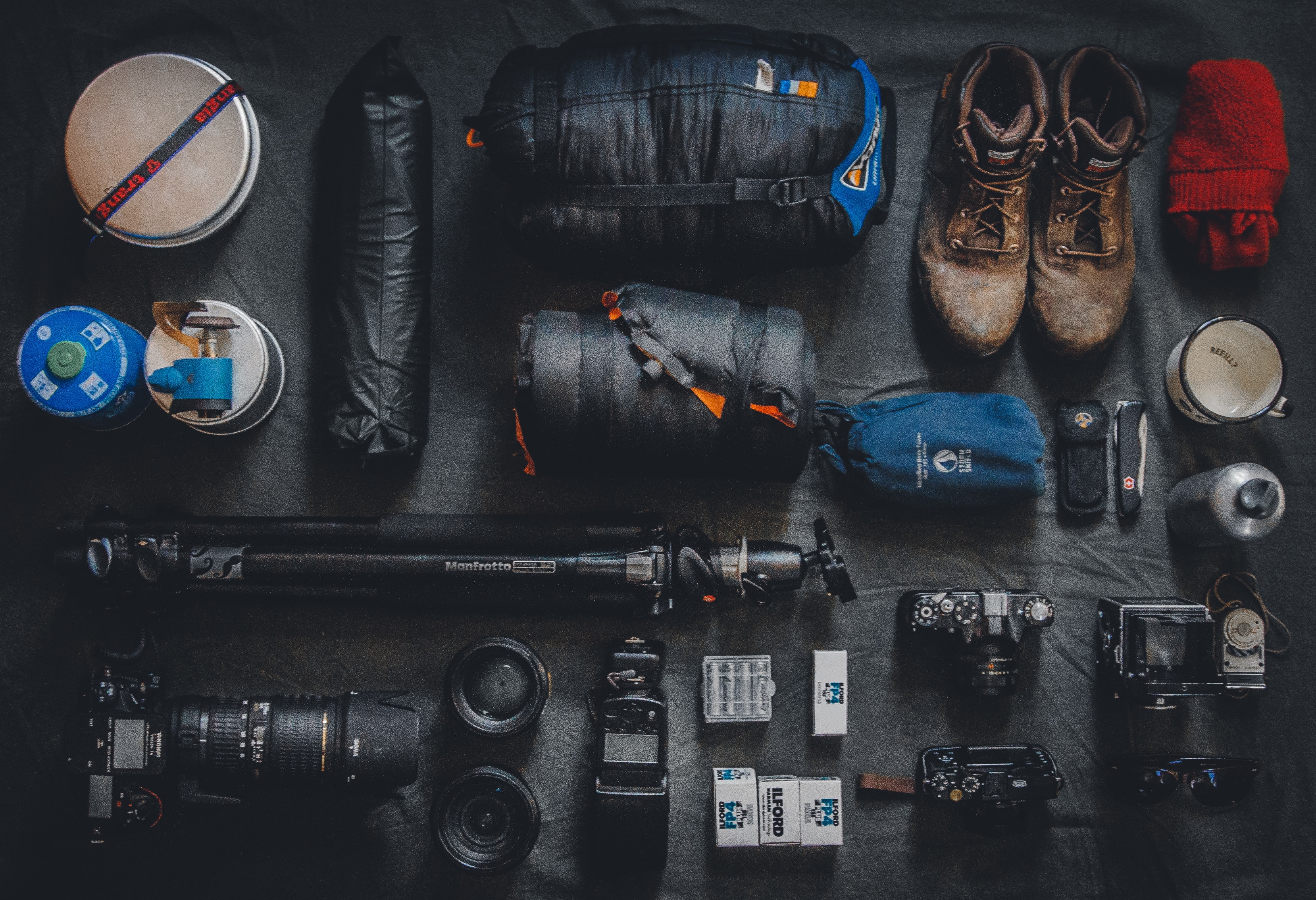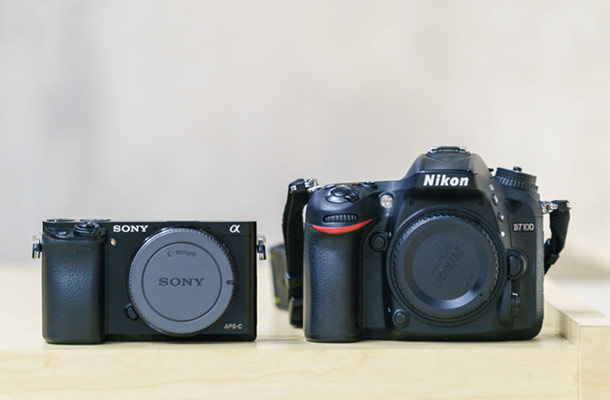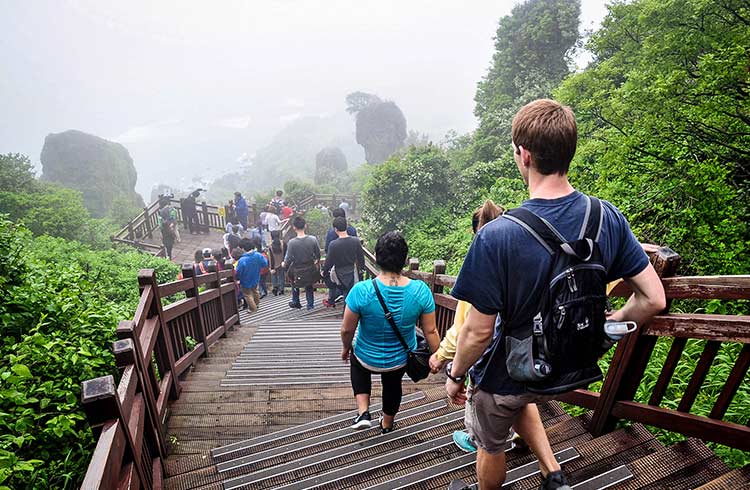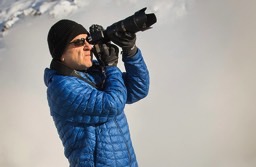Trekking Photography: Gear & Packing Tips from a Pro
Our local photography expert Sunny Shrestha shares his tips on what to pack, and how to look after your gear in Nepal’s challenging climate.
 Photo © Alexander Andrews
Photo © Alexander Andrews
Gear for trek photography
Trekking is a true test of your energy, stamina, and mental strength. At high altitudes, it’s always best to walk as light as possible, so gear selection is critical.
Camera body

For trek photography, we recommend carrying a single camera body. Unless you’re a working professional and can’t risk one of them malfunctioning.
If you have the choice, get a smaller body to save you from getting a sore neck or hands from carrying a heavy camera all day.
These days, mirrorless or micro-four-thirds cameras give you results comparable to traditional DSLRs – without the bulk.
Lens
When out for a trek, it’s most likely that you will be shooting landscapes the majority of the time.
So avoid carrying multiple lenses or telephoto lenses and try to stick with wide-angle lenses (16-35mm lens for example).
Extra batteries
Electricity is rare at higher altitudes in Nepal. Locals depend on solar power to light up their houses and the power is usually not enough to charge your camera batteries.
Instead of carrying the charger, carry some fully charged spare batteries. It’ll also be less clunky and easier to carry. If you have a mirrorless camera, check if it can be charged with a power bank.
Memory cards
Memory cards are small, easy to carry, and perform the all-important task of saving your photos. They malfunction quite often, so be sure to invest in some good-quality memory cards for your trip.
Always carry a few backup cards too and if you’re doing a multiple-day trek, consider using a different memory card per day (or every few days) if you can’t back up at the end of each day.
Tripod
Unless you’re on assignment and need tack-sharp photos, avoid carrying tripods as a part of your trek photography gear.
The additional weight will slow you down and make your trek less enjoyable.
Photography gear care
Once you’re in the mountains, it becomes equally important to take care of your gear. The climatic conditions can have a severe effect on your photography gear if you’re not careful.
Avoid dust
While trekking in Nepal, you’ll come across some dusty trails. Be wary of changing your lens in these conditions. It’s easy to end up with sensor dust in the rest of your photos.
Carrying a blower can be a good idea, but use it only if it’s absolutely necessary.
Leave the lens hood on
While you’re trekking, it’s likely that your camera will take a bump somewhere on the trees, your trekking stick, or even on the huge rocks on the trail.
Leave the lens hood on to keep the glass safe.
Waterproof your gear
Weather at higher altitudes can get unpredictable. If your camera and lens are not weather-sealed, be sure to have a plastic bag handy for you to put your equipment in.
Overall, always make sure that you have all the right gear with backup and charging solutions, and know-how to protect and take care of your equipment. The trick is to stay light while still packing the right gear.
Related articles
Simple and flexible travel insurance
You can buy at home or while traveling, and claim online from anywhere in the world. With 150+ adventure activities covered and 24/7 emergency assistance.
Get a quote


2 Comments
"Avoid a tripod"....shows a tripod on the photo....
That looks like a monopod not a tripod.